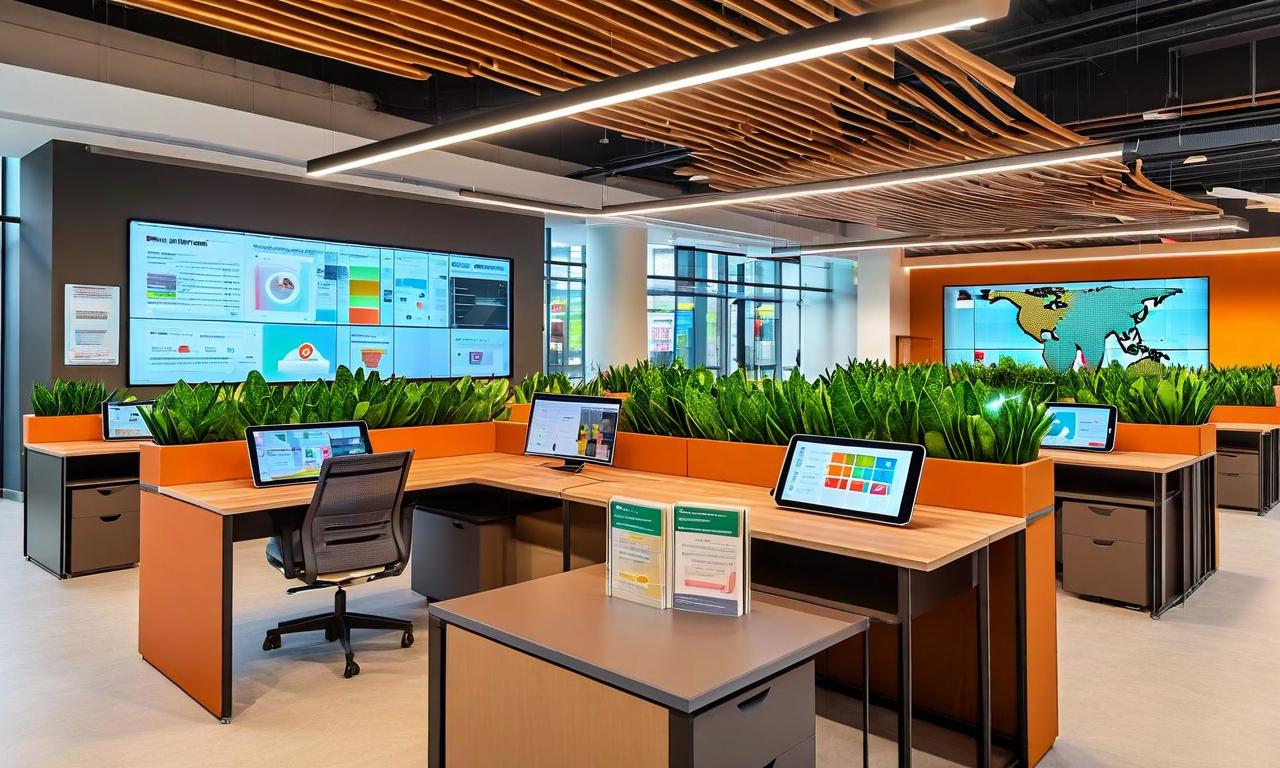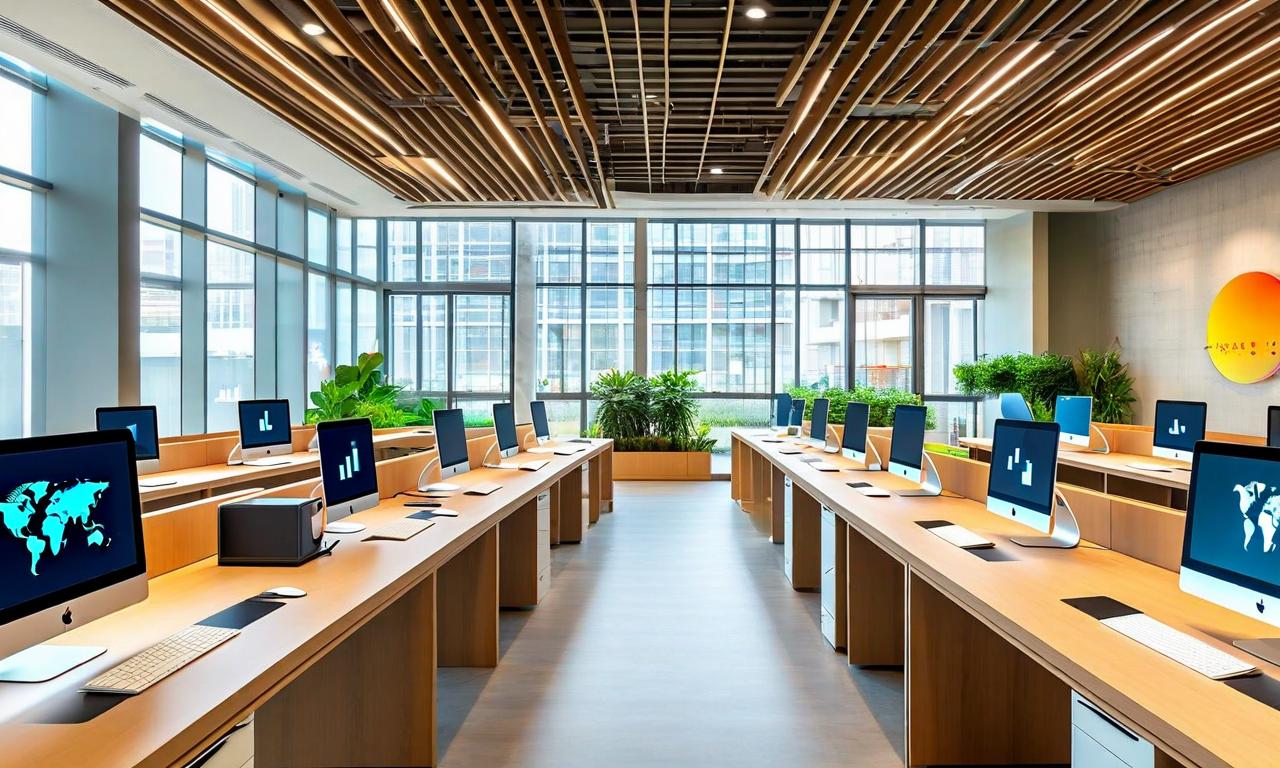Gujarat Pipavav Port Reports Mixed Q1 FY26 Performance with Growth in Ro-Ro and Liquid Cargo
Gujarat Pipavav Port's Q1 FY26 operational update shows varied performance across cargo segments. Container volumes remained steady at 164,000 TEUs. Ro-Ro traffic increased by 11% to 42,000 units. Liquid cargo volumes reached 0.41 million metric tonnes, while dry bulk cargo stayed stable at 0.55 million metric tonnes. However, rail container traffic declined to 99,000 TEUs across 447 trains.

*this image is generated using AI for illustrative purposes only.
Gujarat Pipavav Port , a key player in India's port infrastructure, has released its Q1 FY26 operational update, revealing a mixed performance across various cargo segments.
Container Volumes Remain Steady
The port reported that container volumes held steady at 164,000 TEUs (Twenty-Foot Equivalent Units) during the first quarter of the fiscal year 2026. This flat performance suggests a stable demand for container shipping services at the port.
Ro-Ro Traffic Shows Significant Growth
A bright spot in the update was the Roll-on/Roll-off (Ro-Ro) traffic, which saw a substantial year-on-year increase of 11.00%. The port handled 42,000 units during Q1 FY26, indicating strong growth in the automotive sector and potentially reflecting increased vehicle exports or imports through the port.
Liquid Cargo Sees Uptick
The liquid cargo segment also showed positive momentum, with volumes reaching 0.41 million metric tonnes. This growth in liquid cargo handling demonstrates the port's capability to cater to diverse cargo types and potentially indicates increased demand for liquid commodities.
Dry Bulk Volumes Maintain Stability
Dry bulk cargo volumes remained consistent at 0.55 million metric tonnes. This stability in dry bulk handling suggests a steady demand for commodities such as coal, grains, or minerals passing through the port.
Rail Container Traffic Experiences Decline
On a less positive note, rail container traffic saw a decrease, with the port handling 99,000 TEUs across 447 trains. This decline in rail container movement could be attributed to various factors, including changes in trade patterns or potential shifts in logistics preferences.
Implications for Gujarat Pipavav Port
The mixed performance across different cargo segments presents both opportunities and challenges for Gujarat Pipavav Port. While the growth in Ro-Ro and liquid cargo is encouraging, the flat container volumes and decreased rail container traffic may require strategic attention.
The port's ability to maintain steady performance in some segments while achieving growth in others demonstrates its resilience in a dynamic market environment. However, the decline in rail container traffic might prompt the port to reassess its rail connectivity and explore ways to enhance this aspect of its operations.
As Gujarat Pipavav Port continues to navigate the complexities of global trade and logistics, its diverse cargo handling capabilities could prove to be a key strength in adapting to changing market demands and maintaining its position as a significant player in India's port infrastructure.
Historical Stock Returns for Gujarat Pipavav Port
| 1 Day | 5 Days | 1 Month | 6 Months | 1 Year | 5 Years |
|---|---|---|---|---|---|
| +0.31% | +2.18% | +2.18% | +19.83% | +8.15% | +94.78% |
































